Introduction
Wooden tables are really special. They come from trees, so they have a natural feel that people love. Think about walking in a forest and feeling that connection to nature. That is what wooden tables bring into your home.
In this blog post, we will dive into the story of your wooden table.
What is cool about wooden tables? Well, they can fit in with any style. Whether your place is modern or cozy, there is a wooden table that works perfectly. But it’s not just about looks. Wooden tables are tough. You can use them every day without worrying about them breaking. Plus, they get even nicer over time. Wooden tables aren’t just things you put stuff on. They are like friends in your home. They’re where you share meals with family, do homework, or gather with friends. They bring people together and make memories.
So, when you think about it, wooden tables are pretty amazing. They are natural, versatile, durable, and eco-friendly, and they make your home feel cozy and welcoming. Workers carefully choose the right trees to cut down. They make sure to pick trees that are healthy and can be replaced so the forest stays healthy too.
Once the trees are cut, they are taken to a special place where they’re cut into big pieces called logs. These logs are then sent to a factory where they are turned into smaller pieces of wood, like planks or boards. This is called processing.
After processing, the wood needs to dry out so it won’t bend or break easily. This is a really important step. Sometimes it takes a long time for the wood to dry properly.
Once the wood is dry, skilled craftsmen get to work. They use special tools to shape the wood into the parts needed to build a table. This part is called crafting, and it takes a lot of skill and patience.
Finally, the parts are put together like a puzzle to make a beautiful wooden table. It’s a journey from the forest to your home.
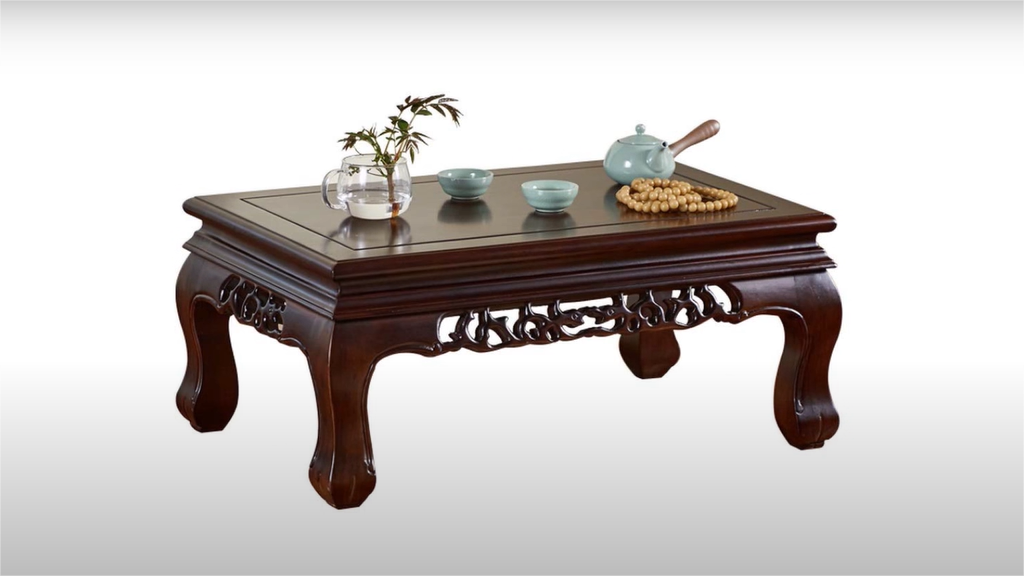
Harvesting the Wood
Sustainable forestry means taking care of forests so they stay healthy and balanced. This involves planting new trees, protecting wildlife habitats, and preventing damage to the ecosystem. Sustainable practices ensure that forests can continue to provide resources for future generations. Top of form electing suitable trees involves choosing healthy ones that are ready for harvesting. Foresters look for trees of the right size and age, ensuring that the forest remains healthy and diverse. They mark selected trees for cutting, taking care to minimize impact on the surrounding environment.
Responsible harvesting ensures that trees are cut down carefully and sustainably. It involves taking only what is needed and replanting trees to replace those that are cut. This helps maintain the balance of the forest ecosystem and ensures that forests can continue to thrive for generations to come.
Processing and Milling
First, raw wood is sorted and cleaned to remove any dirt or debris. Then, it’s cut into smaller pieces called logs. Next, these logs are sliced into thinner pieces called planks or boards. Finally, the wood is dried to remove moisture before it’s ready for use.
There are two main milling techniques: sawmilling and planing. Sawmilling uses saws to cut logs into boards of different thicknesses. Planning involves shaving off thin layers from the surface of the wood to make it smooth and even. Both techniques are important for shaping raw wood into usable pieces.
Craftsmanship is crucial in processing raw wood because it requires skill and precision to transform rough logs into usable pieces. Craftsmen use their expertise to select the best parts of the wood, ensure accurate cuts, and maintain quality throughout the milling process. Their attention to detail results in high-quality wood that is ready for crafting furniture.
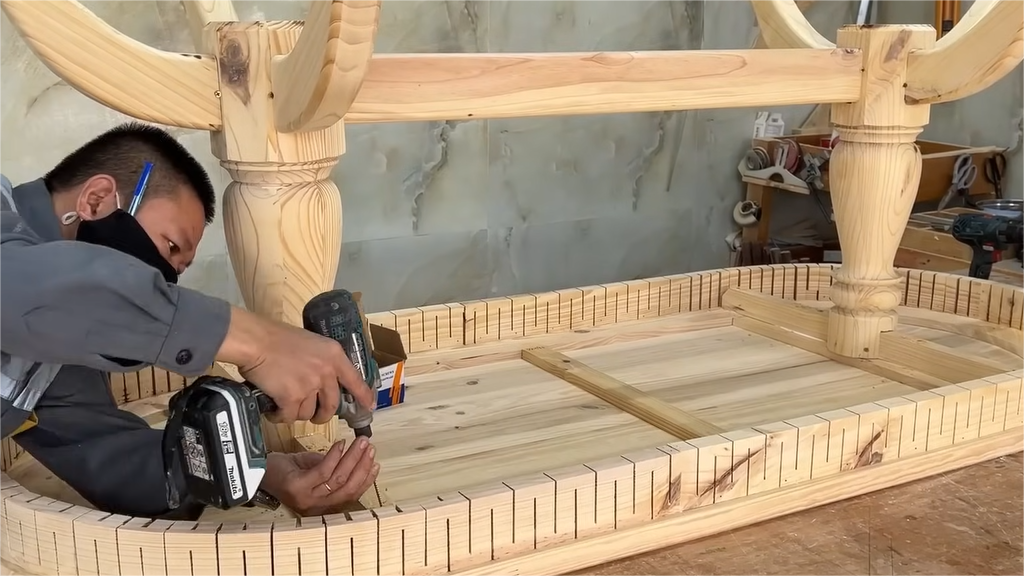
Drying and Stabilising
Drying wood properly is important because it removes moisture, making the wood stronger and less likely to bend or crack. This ensures that the finished furniture will be sturdy and long-lasting.
One method is kiln drying, where wood is placed in a special oven to remove moisture gradually. Another method is air drying, where wood is stacked and left to dry naturally. Both methods help stabilize the wood and prevent warping or shrinking.
Challenges include controlling humidity levels and preventing uneven drying, which can lead to cracks or warping. It’s important to monitor the drying process closely and adjust conditions as needed. Additionally, different wood species may require specific drying techniques, so understanding the characteristics of each wood type is crucial for success.
Crafting the Table
Crafting a wooden table requires talented hands and careful attention to detail. Artisans use precise measurements and tools to shape the wood, ensuring a perfect fit. They bring out the natural beauty of the wood through sanding, staining, and finishing, creating a piece that’s both functional and beautiful.
Artisans employ various techniques like joinery, where pieces of wood are skillfully connected without using nails or screws, creating a seamless look. They also use carving, inlaying, and marquetry to add intricate details and designs to the table, showcasing their expertise and creativity.
Customers can personalize their wooden tables in many ways, from choosing the type of wood and finish to selecting unique features like carved motifs or inlaid patterns. Artisans work closely with customers to bring their vision to life, ensuring that each table is a one-of-a-kind masterpiece tailored to their preferences and style.
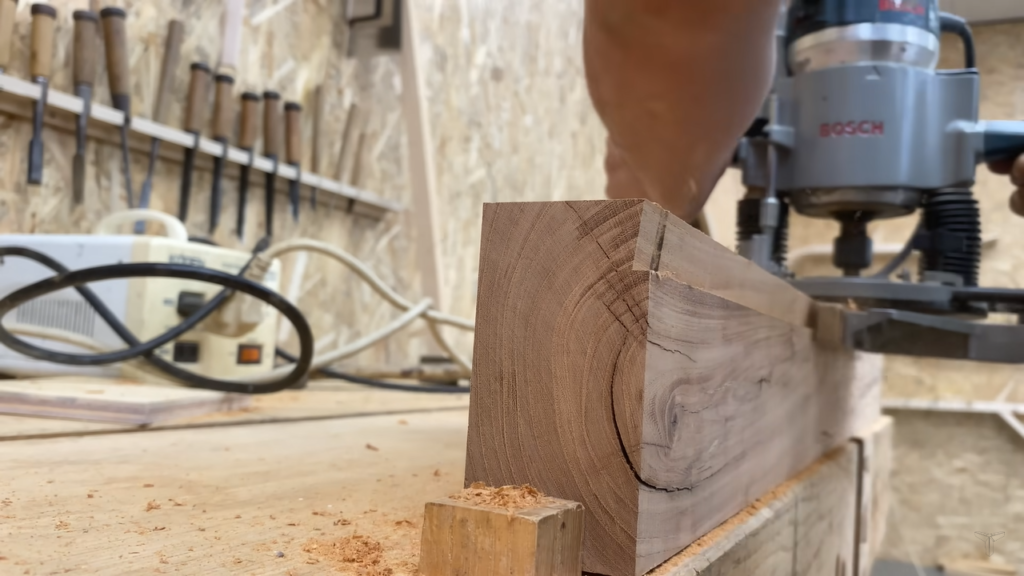
Finishing Touches
Artisans use a variety of finishes and stains to enhance the natural beauty of wooden tables. Options include clear varnishes that highlight the wood’s grain, stains that add color while preserving the wood’s texture, and protective coatings like lacquer or polyurethane that provide durability and shine.
When choosing finishes for wooden tables, it is important to consider environmental impact. Opt for water-based or eco-friendly finishes that have fewer harmful chemicals and lower VOC emissions. Look for certifications like FSC or Green Seal to ensure the finish meets sustainability standards.
To keep wooden tables looking their best, avoid placing hot or wet items directly on the surface, as this can cause damage. Regularly dusting with a soft cloth and cleaning with a mild solution of water and gentle soap can help preserve the finish. Additionally, periodic reapplication of protective coatings can extend the table’s lifespan.
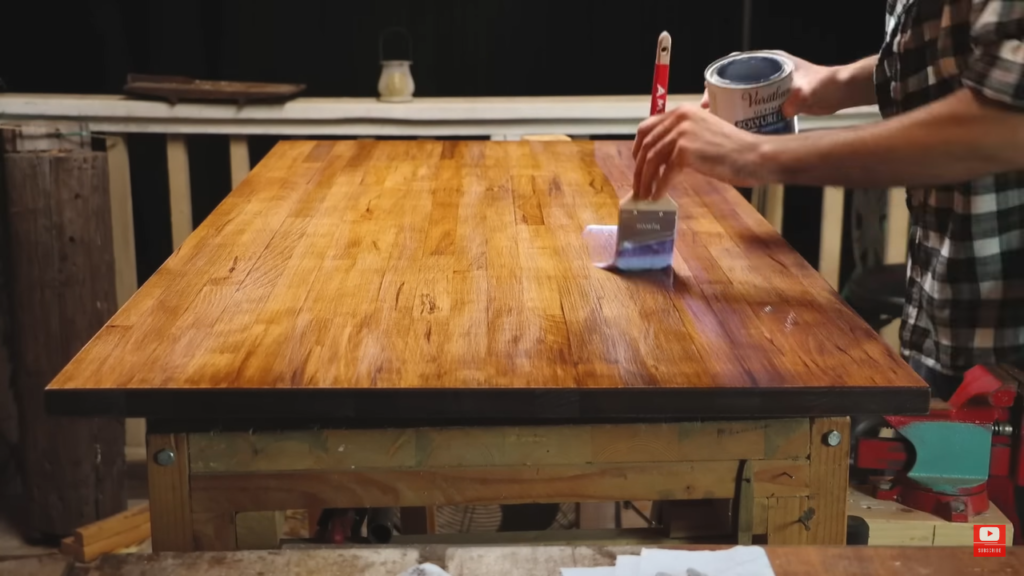
Bringing it Home
After leaving the workshop, the finished table embarks on its journey to its new home. It may travel in a truck or be delivered by hand, carefully wrapped to prevent damage. Once it arrives, it’s unwrapped and placed in its designated spot, ready to be admired and enjoyed.
Wooden tables often hold special memories for families. They’re where meals are shared, games are played, and conversations are had. Over time, they become more than just furniture, they become cherished symbols of love, laughter, and togetherness in the home.
Wooden furniture has a timeless charm that never goes out of style. Its natural beauty, durability, and versatility make it a beloved choice for homes around the world. From rustic farmhouse tables to sleek modern designs, wooden furniture adds warmth and character to any space, creating a welcoming and inviting atmosphere.
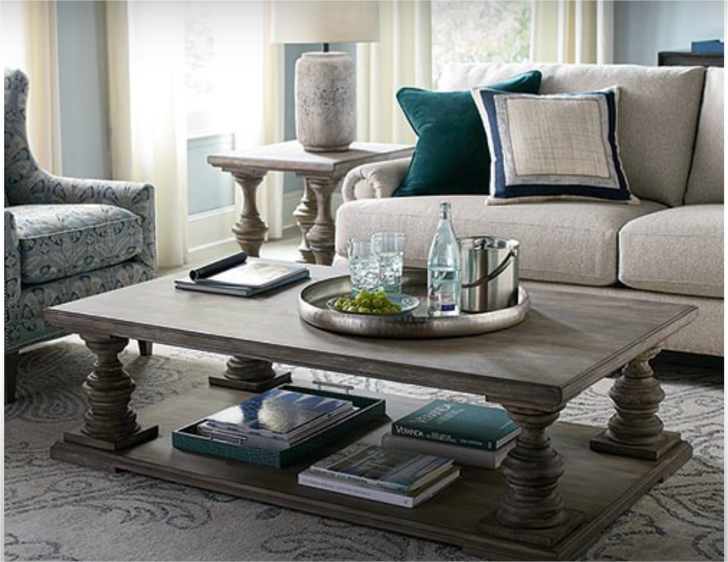
Conclusion
A wooden table begins its journey in the forest, where trees are sustainably harvested. The wood is then processed, crafted by skilled artisans, and finished with care. Finally, it finds its way to a new home, where it becomes a cherished centerpiece, embodying the beauty of nature and the artistry Craftsmanship and sustainability are key pillars in the journey of a wooden table. Skilled artisans transform raw wood into exquisite pieces of furniture, while sustainable practices ensure the health and longevity of our forests. By valuing craftsmanship and sustainability, we honor both the materials and the environment they come from. of craftsmanship.
Wooden tables bring warmth, character, and a sense of connection to nature into our homes. As symbols of craftsmanship and sustainability, they hold both aesthetic and sentimental value. Let’s cherish these timeless pieces, appreciating their beauty and significance as they enrich our lives and create lasting memories. Please give your feedback about the article.
How do I care for and maintain my wooden table?
Regularly dust your table with a soft cloth and clean spills promptly with a mild soap and water solution. Avoid placing hot or wet items directly on the surface, and periodically apply a protective coating to maintain its finish.
What should I consider when choosing a wooden table for my home?
Consider the size and style of the table to ensure it fits your space and complements your decor. Additionally, think about the type of wood, finish, and durability based on your lifestyle.
Are wooden tables environmentally friendly?
Wooden tables can be eco-friendly when sourced from sustainably managed forests and crafted using responsible practices. Look for certifications like FSC (Forest Stewardship Council) to ensure the wood is harvested ethically and consider finishes with low VOC emissions for added sustainability.

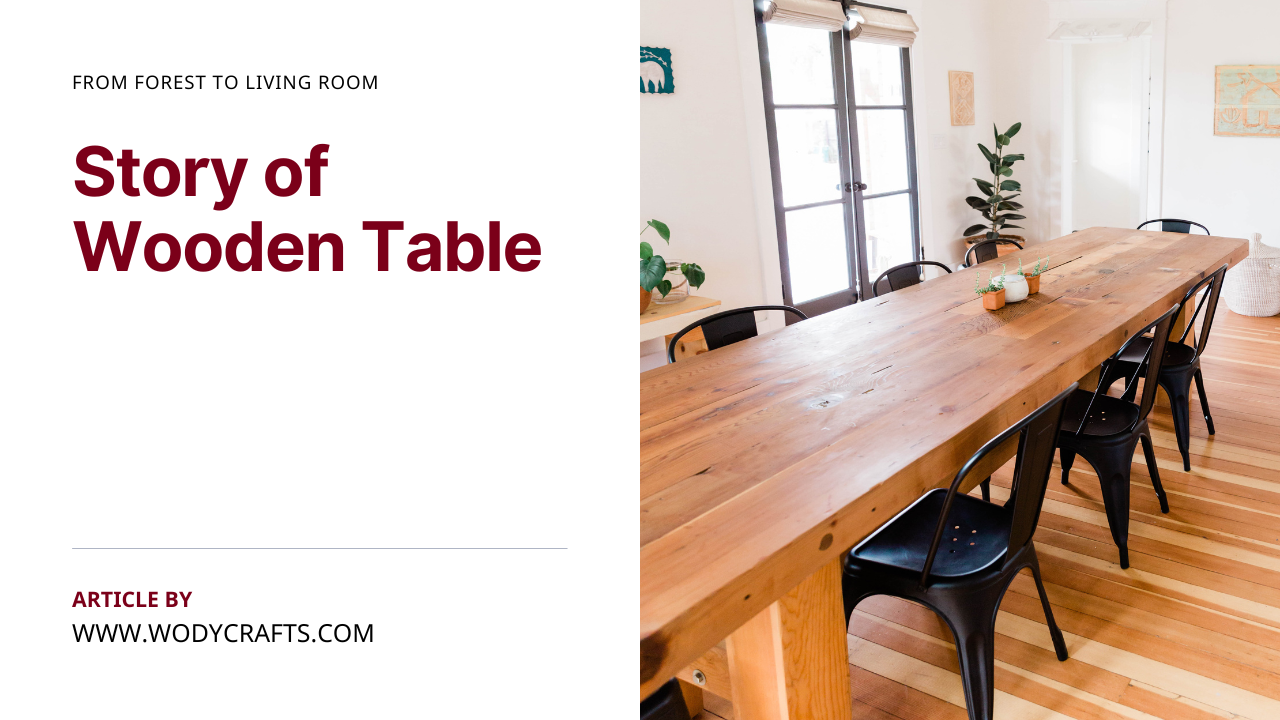
Great article